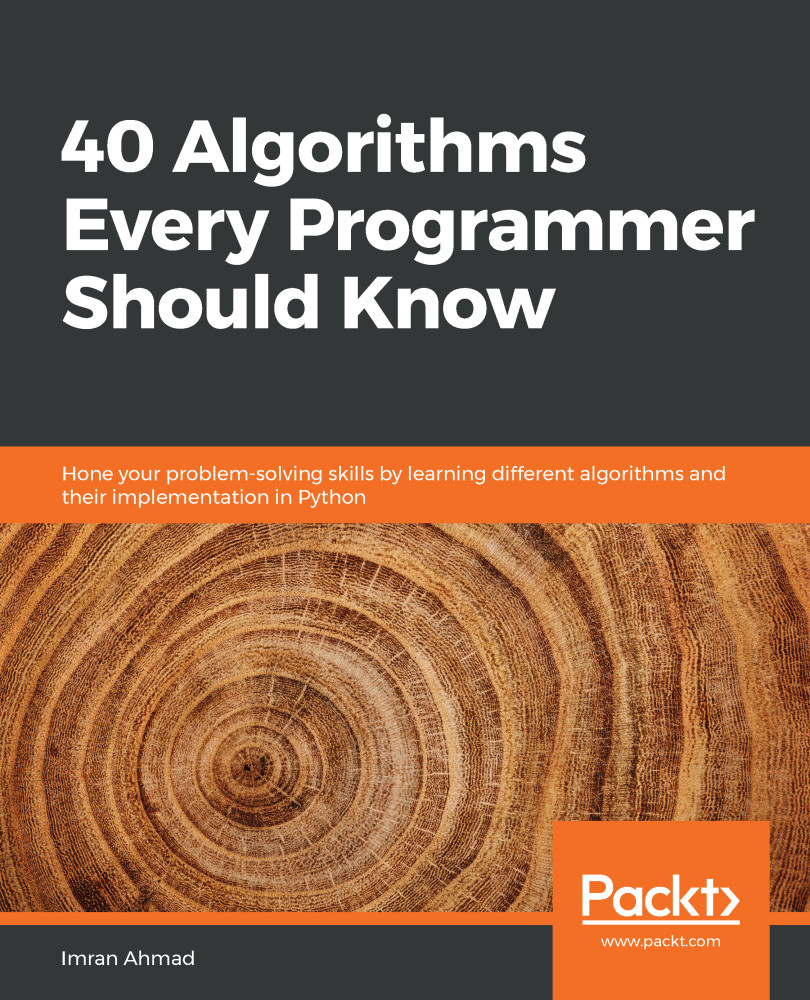In this chapter, we discussed the algorithms related to NLP. First, we looked at the terminology related to NLP. Next, we looked at the BoW methodology of implementing an NLP strategy. Then we looked at the concept of word embedding and the use of neural networks in NLP. Finally, we looked at an actual example where we used the concepts developed in this chapter to predict the sentiments of movie reviews based on their text. Having gone through this chapter, the user should be able to use NLP for text classification and sentiment analysis.
In the next chapter, we will look at recommendation engines. We will study different types of recommendation engine and how they can be used to solve some real-world problems.


